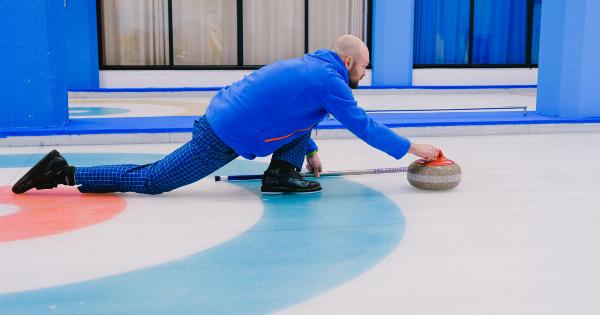Our knees are essential joints that play a vital role in supporting our body weight and allowing us to move freely. One of the most common knee injuries is a meniscus rupture, which refers to the tearing of the cartilage in the knee joint.
Meniscus tears are often experienced by athletes or individuals engaged in strenuous physical activities or those with weakened knee structures due to age or pre-existing conditions. This article aims to provide a comprehensive understanding of meniscus rupture signals, including the causes, symptoms, diagnosis, and treatment options available.
What Causes a Meniscus Rupture?
A meniscus rupture can occur due to various reasons, including:.
- Twisting or rotating the knee forcefully
- Engaging in activities involving sudden stops or changes in direction
- Direct impact or trauma to the knee
- Degenerative changes in the meniscus due to aging or arthritis
Recognizing the Symptoms
Signs and symptoms of a meniscus rupture may vary depending on the extent and location of the tear. Some common indicators include:.
- Pain, especially when bending or flexing the knee
- Swelling and stiffness
- Difficulty fully straightening or extending the knee
- A popping or clicking sensation within the knee joint
- Feeling of the knee “giving way” or feeling unstable
Diagnosing a Meniscus Rupture
If you suspect a meniscus rupture, it is crucial to consult a healthcare professional for an accurate diagnosis. The following diagnostic procedures are commonly used:.
- Physical examination: Your doctor will assess your knee’s range of motion, stability, and tenderness.
- Imaging tests: X-rays can help rule out bone fractures, while an MRI (Magnetic Resonance Imaging) scan provides detailed images of the meniscus to determine the location and severity of the tear.
Treatment Options
The treatment approach for a meniscus rupture depends on various factors, including the tear’s size, location, severity, and the patient’s lifestyle and overall health. Common treatment options include:.
- Conservative treatment: Rest, ice, compression, and elevation (RICE) may help alleviate pain and swelling. Physical therapy exercises can also aid in strengthening the knee muscles and improving stability.
- Medications: Non-steroidal anti-inflammatory drugs (NSAIDs) can assist in reducing pain and inflammation.
- Assistive devices: Crutches or braces may be recommended to provide support and stability to the knee during the healing process.
- Surgical intervention: In cases where conservative methods fail or for more severe tears, surgery may be necessary. Arthroscopic surgery, a minimally invasive procedure, is commonly performed to repair or remove the damaged meniscus.
Recovery and Rehabilitation
The recovery period following a meniscus rupture can vary depending on the severity of the injury and the chosen treatment option. Follow-up physical therapy is often recommended to rehabilitate the knee and restore its full function.
Prevention and Risk Reduction
Although it may not be possible to prevent all meniscus ruptures, certain measures can help reduce the risk of injury, including:.
- Wearing appropriate protective gear and footwear during physical activities
- Engaging in regular strength and flexibility exercises to maintain strong knee muscles
- Gradually increasing the intensity and duration of physical activity to avoid sudden excessive stress on the knee
- Using proper technique and form when participating in sports or activities
Conclusion
In conclusion, understanding the signals of a meniscus rupture is crucial for timely diagnosis and appropriate treatment. If you experience any symptoms or suspect a knee injury, consult a healthcare professional for an accurate evaluation.
By taking preventive measures and promptly addressing meniscus tears, you can reduce the risk of complications and ensure a quicker recovery.
























